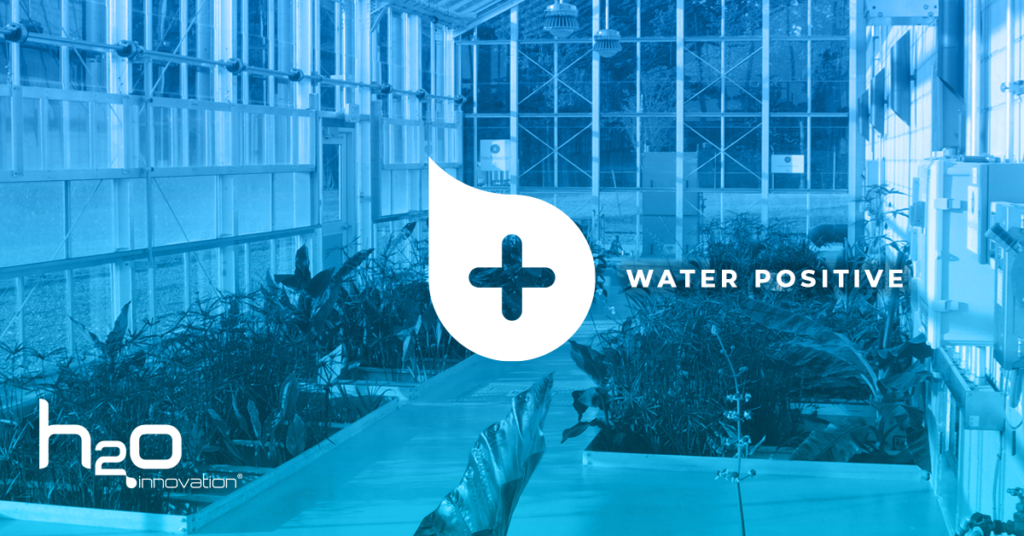
More than 50 major companies worldwide claimed to be water positive in the near future: Greenwashing or real Green?
As companies face historic drought, rising temperatures and catastrophic wildfires, they’re also making pledges aiming to replenish more water than they consume. Water scarcity is directly linked to the climate crisis.
Water is a strategic resource for humanity and, as such, we must use it in an increasingly efficient and sustainable way. As a society, we understand that global sustainability requires us to be more efficient each day in the use of water as a resource.
More than 50 major companies worldwide claimed, “We will be water positive for…” or “ Water Neutral by…” during the last year. But they don´t explain exactly how they are going to do it. There’s an instinct to be a little cynical about projects like these, because they could be green washing. For that reason, I thought:” How could we help those companies being “A True Water Positive Company”?”
A very simple formula, the golden rule of the 3R´s, Reduce, Recycle, Reuse. And if this is not enough to be neutral or positive, we should add one more R, Recharge. The last R is the most complicated of the four, because it means that we will replace the water we consumed as a “Virtual Water” in our products by recharging conventional sources of drinking water. In this case we could consider wastewater from municipal plants as a potential Indirect Potable Reuse (IPR) strategy to compensate our consumption.

As we know part of the water consumption turns into products, as “Virtual Water”. The concept of virtual water was first introduced in 1993 by Tony Allan, a British scientist and Kings College professor who was awarded the 2008 Stockholm Water Prize for his innovation. Arjen Y. Hoeckstra, a professor in water resources management at the University of Twente in The Netherlands, took virtual water a step further to create a “water footprint,” which considers both direct and indirect water.
Every product you have at home, all your clothes, televisions, computers and food, has some water embedded and the total volume of freshwater that is used to produce these goods is defined as the water footprint, from 5 L to produce 1 L of bottled water, 140 L for a cup of coffee, 10.000 L for a pair of jeans to a 16.000 L per 1 kg of meat, most of the products we commercialize is water.

The problem with claiming that your company is (or aspires to be) water neutral is that they should consider not only the direct consumption to produce their goods, but also provide traceability of water footprint in the supply chain. If not, companies will give place to activists denounce the ‘greenwashing’ activities.
Once again, Water Reuse Is The Key To Water Sustainability
#sustainability #sdgs #climateemergency #wastewater #waterpositive

© 2025 Aquapositive. All rights reserved. Further distribution is not permitted without authorization from Aquapositive.